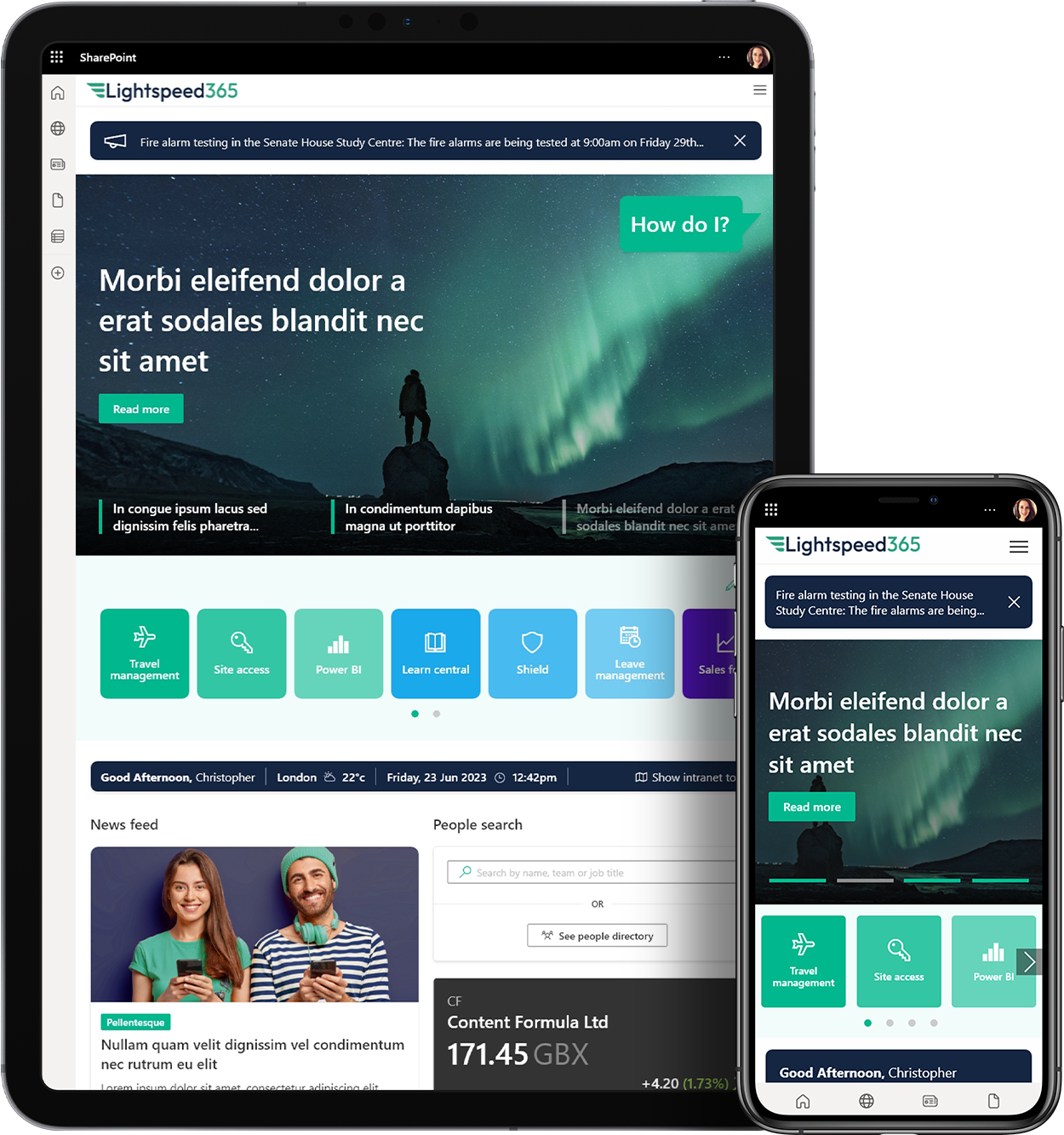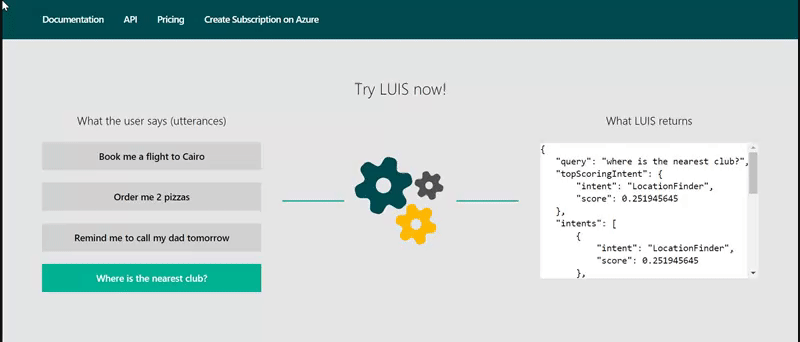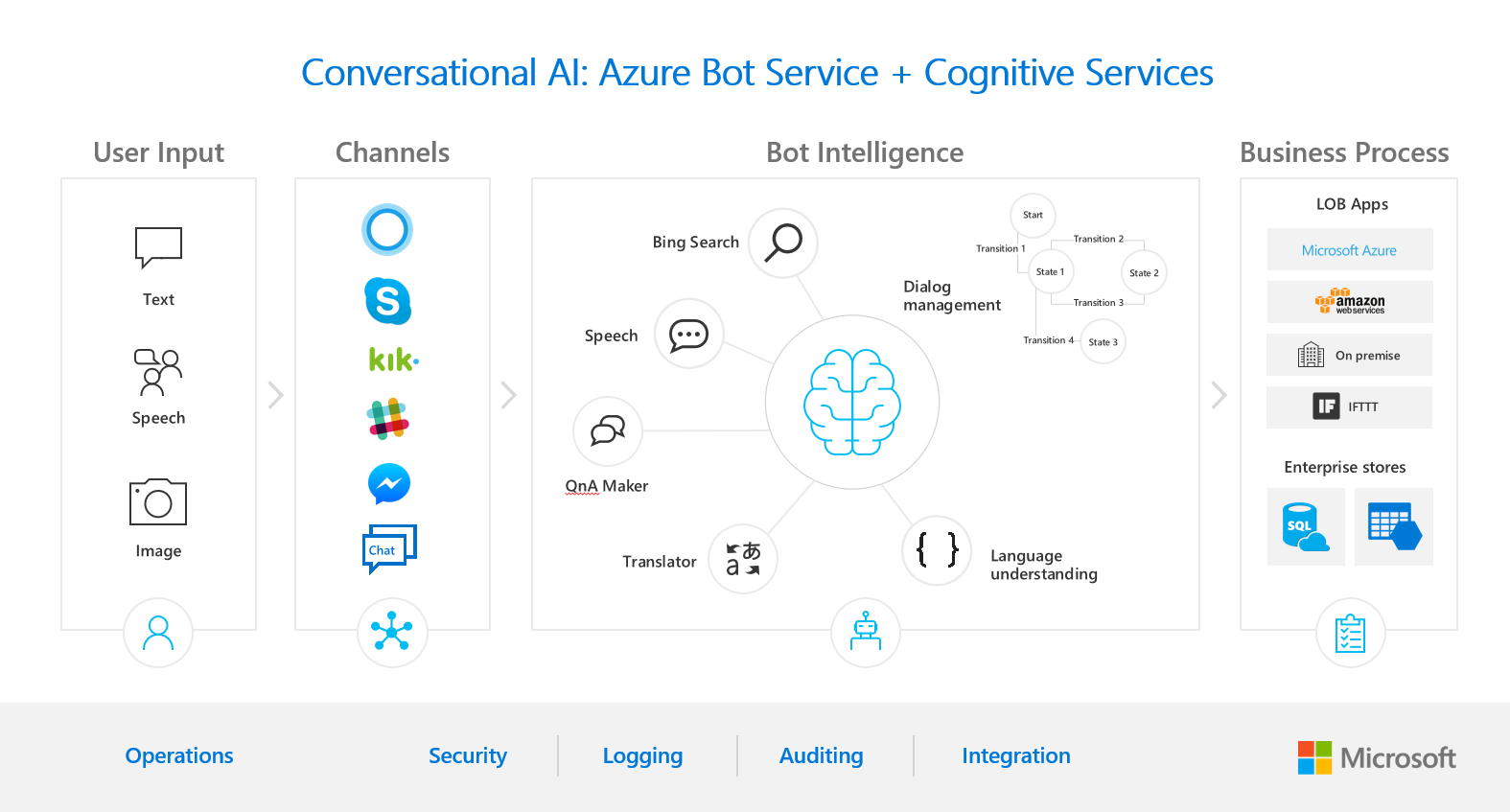Artificial intelligence. Machine learning. Chatbots. Yes, we know everywhere you turn there seems to be talk about AI or bots, and the hype can be a little off-putting. But hear us out on this one.
Weve recently deployed a chatbot for our client Haines Watts, and were genuinely excited about this new technology for intranets and digital workplaces. Admittedly some of our enthusiasm is down to us being rather geeky when it comes to these matters, but we also see some real long-term potential that will drive value for organisations and users alike.
What are chatbots?
A chatbot allows users to ask questions in natural language and get intelligent automated answers back, again using natural language. Its accessed usually via a website, intranet or messaging platform.
A chatbot can help a person to find things, get information or carry out simple tasks. It can also learn to better understand phrases and instructions. Its likely that youve already used a chatbot perhaps on a website or social media platform or when you used a digital assistant like Siri on your iPhone, Cortana on Windows 10 or Amazons Alexa. And this new technology is increasingly being deployed within the enterprise.
And while its still early days, heres seven reasons why were excited about chatbots.
1. There are multiple use cases
Currently chatbots tend to be deployed with quite limited functionality and focused on a specific use case for example to answer questions about an individual topic such as an office move or to enhance intranet search. But there are a wide range of use cases where a chatbot interface makes considerable sense. If there is a simple, routine task then a chatbot can help, for example:
Answering frequently asked questions for the IT or HR helpdesk
- Helping you log an IT ticket
- Booking a meeting room
- Accepting a meeting invitation
- Letting you know how much annual leave you have
- Booking annual leave
- Finding an expert
- Finding directions to one of your offices
But it doesnt take much imagination to extend this range of tasks to any specific scenario. What are the routine tasks you carry out where a chatbot could assist you?
2. This can go across different channels
One of the challenges of the digital workplace is that is a constantly-evolving, multi-channel environment. Different users will be using different tools for different purposes. Some will have preferences as to what tools they want to use.
The great thing about chatbots is that they can be deployed, relatively easily, across different channels. At Haines Watts the chatbot is available through a chat panel at the bottom of each intranet page but also via Skype for Business. Chatbots can just as easily be integrated into other messaging platforms like Microsoft Teams, Slack or Workplace by Facebook. A chatbot can even be deployed over SMS.
This means that a chatbot can be deployed across the digital workplace to serve different needs and users.
3. This works great on mobile
As well as being multichannel, chatbots work well on mobile devices both smartphones and tablets. We are so used to texting and messaging on our own mobile devices that using a chatbot feels like a logical, natural and easy way to interact, even if were conversing with somebody that isnt real!
Mobile devices are a natural home for chatbots and it will be very interesting as more chatbots are deployed to see what proportion of workplace use comes through mobile compared to desktops.
4. This could unlock advanced search
Many intranets and wider enterprise search facilities have a powerful advanced search, where results can be filtered by different criteria such as content type, author, date and different subjects. But all too often users dont want to use the advanced search screen, preferring to rely on the Google like experience of just one search box.
Chatbots can be an effective conversational interface in front of advanced search capabilities. Consider if a user asks the chatbot to Find all documents relating to cyber security since January 2018. Thats an advanced search which is done by not having to go into the advanced search screen. Chatbots have the potential to unlock the full capability of search and encourage more advanced searching.
5. Voice-activated chatbots are waiting in the wings
Currently most workplace chatbots deployed are assuming interaction based on text, but voice-activated chatbots are growing in popularity. We already have Siri and Cortana, but now many consumers own a voice-activated device like Amazons Alexa or Google Home. A corresponding rise of voice-driven chatbots in the workplace seems inevitable especially as companies like Amazon are launching services aimed at the business and enterprise market.
Voice-activated chatbots have clear advantages over text in terms of convenience but also in some use cases. For example, using an Alexa or similar device in a meeting room to retrieve information may be particularly useful as everybody present can hear what is being said, and people may not have individual devices with them.
6. The scope for process automation is exciting
Another reason to get excited about chatbots is the scope for improving and automating processes making time-consuming tasks easier and quicker. This will save time, but we think bots will also start to get more and more sophisticated.
For example, lets look at booking meetings with several of your colleagues. Perhaps now a bot can search your booking room system to pick the best room and then reserve it for you. Tomorrow it may do much more, such as:
- find everybodys availability
- book any necessary equipment
- send out an invitation for you to all participants
- find the previous minutes and resend those
- suggest a draft agenda for you to amend and approve based on analysis of your activities
- book the preferred meeting room based on everyones previous preferences
Perhaps even further ahead AI will also suggest what meetings are worth organising based on how successful the outcomes and actions were from other meetings.
7. Were just at the start of the journey
This is still an emerging technology and we really are at the start of the journey of using chatbots in the digital workplace. We dont quite know how its going to develop, but we think there may be rapid development over the next couple of years as vendors develop products, organisations experiment and individuals develop skills in building and training chatbots.
Of course, we may also see a few twists and turns and we fully expect a negative workplace chatbot backlash! Gartner places Bots and Conversational User Interfaces still in the innovation phase on its digital workplace hype cycle, so weve still got to reach the Peak of Inflated Expectations followed by the Trough of Disillusionment but we suspect any lows will be easily outnumbered by the highs.
Another thing worth pointing out is that deploying an effective and useful chat bot in your organisation is not something that can be done overnight. It’s an evolutionary process. This is especially true when you consider that the best chatbots will be connected to multiple systems in the digital workplace: CRM systems, HR systems, case management systems, policy management systems – you name it. It takes time to build a chatbot that is not only connected to all these systems but is ‘trained’ so that it can also intelligently mediate between them and carry out useful, time-saving tasks. Companies that are dipping their toe in the water now are getting a head start. The first iterations of your chatbot may seem a little gimmicky but you have to go through this phase in order to progress. Given how every company is unique with its own systems, processes and ways of working, there isn’t going to be an opportunity for late adopters to leap frog early versions of the technology. Those companies that are getting started now will be ahead of the game.
Curious about chatbots?
Chatbots are getting a lot of attention but looking beyond the hype theres long-term potential. If youre as excited about chatbots as we are or just curious to see what the fuss is what about, then get in touch. Wed be delighted to hear your thoughts and ideas, happy to talk you through how they work or discuss our recent project in more detail.



 SharePoint Products
SharePoint Products



